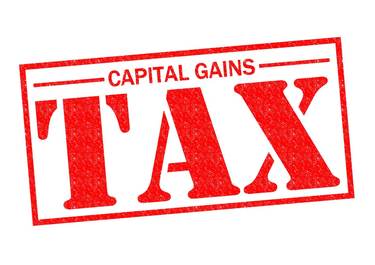
While your accountant may be in-the-know, much remains to be seen by the majority of Americans in relation to recent tax reform by the Trump administration. Existing tax structures and attempts to reform them have always been a hot topic in the political domain, though, finally, if you’re subject to a corporate tax rate, a great moment has arrived for you.
As of December 20, 2017 when the “Tax Cuts and Jobs Act “passed, the act, in essence, set a flat corporate tax rate for applicable businesses that fall under the umbrella of a corporate tax structure. In fact, the corporate income tax rate has been “permanently” changed to 21% from 35% as of the first day of this year. (If you are a joint filer, some slight variation, but still a signification deduction results for the first $315,000 of qualified business income, which constitutes approximately a 20% deduction.
We knew some change was coming, though the benefit for corporations is more impactful than expected. Interestingly enough, the Trump administration’s modifications have resulted in the broadest change occurring in tax reform for well over 25 years. A flat tax rate of 21% on all profits is no small appeasement, compared to prior administration’s efforts, which were minimal. The simplicity of the change is notable, considering the Obama administration’s approach departmentalized the corporate tax rate based on taxable income, in a slew of varying tax brackets. As the average corporate tax rate is approximately 25%, the flat rate of 21% is certainly an improvement in the realm of business tax, particularly for corporations with high profits. Factor in the corporations that trade internationally, and the savings is astounding. Where US taxes on profits for international sales were previously imposed, the new tax reform essentially has cut these figures in half. A meeting with your accountant may finally be a meeting that you will look forward to, as you can observe the administration’s changes, firsthand.
Given the recent reform, one of the most prominent changes pertains to those taxpayers who have pass-through businesses. In essence, businesses will be able to deduct up to approximately 20% of the business’s pass-through income. Put simply, if your business generates $200,000 in profit, your deduction will be $40,000 in advance of other income taxes, certainly a notable figure considering the moderate deductions of many years past.
Well, let’s talk about the obvious point. The market has been up – finally and it has been relatively consistent in the upward trend. So, as a result, capital gains can be a hot topic in the current market, since gains are actually to be experienced by those who invest, unlike ten years ago where losses were abysmal. Upon selling a capital asset such as stock, real estate – land or otherwise, a business or even artwork, the profit is generally allocated as a gain, which in turn is taxed as income. However, as our accountant will tell you, in many cases, these gains are taxed at a lower rate, and of course, the designation of short-term versus long-term gains comes into play, which dramatically affects the rate applied. Capital gains are generally included in taxable income, but in most cases, are taxed at a lower rate. The shorter-term gains are punished with a higher rate, of course, but given the recent reform, the damage is diminished to some extent. The fact that shorter term gains are taxed at the same rate as income is unchanged, as is the fact that the structure of the capital gains tax remains relatively the same, such as the designation of long-term capital gains being held over a year. As your accountant may tell you, one of the primary changes that occurred pertained to the tax bracket designations and the associated rates that are applied. The shift has been transferred from the lower brackets to the higher income brackets. Your accountant will also note that shorter-term capital gains are most affected due to the new and improved flat rate of 21%. It seems buy and hold may be an outdated philosophy given the most recent tax reform. Your accountant can attest that this reform, combined with lower APRs on loans offers corporations significant savings.
